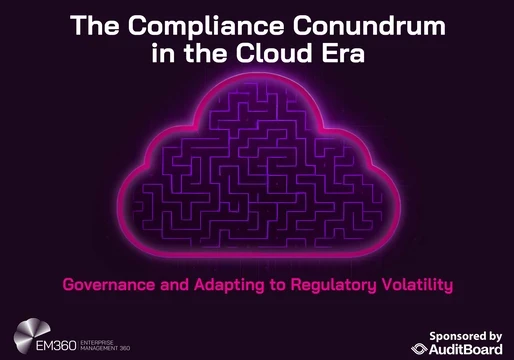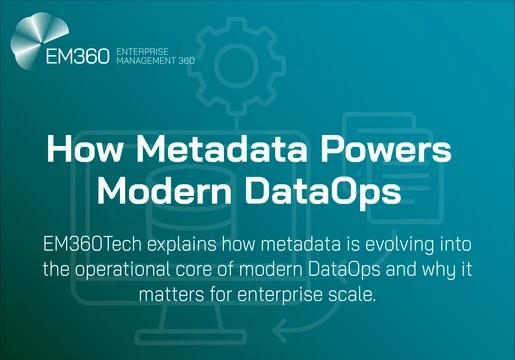Cyber resilience isn’t just about protection, it’s about preparation.
Every business today lives in the cloud. Our operations, data, and collaboration tools are powered by servers located invisibly around the world. But here’s the question we often overlook: what happens when the cloud falters?
In this episode of Tech Transformed, Trisha Pillay sits down with Jan Ursi, Vice President of Global Channels at Keepit, to uncover the real meaning of cyber resilience in a cloud-first world. Together, they explore why relying solely on hyperscale providers can create hidden risks and how independent infrastructure offers a path to both resilience and digital sovereignty.
As Ursi puts it:
“Cyber resilience is crucial because it’s not about if a disruption happens, but when.”
Importance of Independent Infrastructure
The cloud has changed how we work, but it has also concentrated global digital power into a handful of hyperscale providers. While they bring scale, speed, and innovation, they also introduce dependency.
When one provider faces an outage or cyberattack, thousands of organisations feel the impact instantly. Independent infrastructure breaks that chain. It gives companies control over where their data lives, who has access to it, and how it’s recovered.
As the Keepit Vice President of Global Channels explains:
“Independent cloud offers sovereignty, the power to decide how you protect, manage, and recover your digital assets.”
By diversifying their cloud strategy and integrating local or sovereign cloud solutions, organisations build a stronger foundation for business continuity. They’re not rejecting hyperscalers, they’re rebalancing power and ensuring flexibility.
Digital Sovereignty and Compliance
Digital sovereignty means having real control over your data, systems, and security. In a world where compliance and privacy regulations are tightening, sovereignty isn’t optional; it’s imperative. For European and global organisations, ensuring data remains within local jurisdictions can protect against legal, regulatory, and geopolitical risks. Independent infrastructure supports this by offering regional control, transparency, and auditability without sacrificing cloud performance. The cloud is essential for business, but true resilience comes from control. When organisations own their data and plan with sovereignty in mind, they move from reliance to strength.
Takeaways
- Cyber resilience is crucial beyond hyperscale providers.
- Independent cloud infrastructure offers digital sovereignty.
- Organisations must balance performance, compliance, and resilience.
- Shared responsibility models can lead to misconceptions.
- Data protection requires independent backup solutions.
- Ransomware attacks highlight the need for quick recovery.
- Digital sovereignty ensures data control and compliance.
- Independent clouds provide predictable storage costs.
- Mapping applications help prioritise data protection.
- A resilience mindset is key to quick data recovery.
Chapters
00:00:00 Introduction to Cyber Resilience and Cloud Strategy
00:05:00 The Importance of Independent Infrastructure
00:10:00 Shared Responsibility and Misconceptions
00:15:00 Digital Sovereignty and Compliance
20:00 Practical Tips for CISOs and CIOs
00:22:00 Conclusion
About Jan Ursi
Jan Ursi leads Keepit’s global partnerships, guiding partners into the AI-powered cyber resilience era and helping make SaaS applications unstoppable. Keepit is the world’s only independent cloud dedicated to SaaS data protection, security, and recovery.
Previously, he helped grow partner businesses in EMEA, driving adoption of data protection, hyper-automation, and enterprise cloud solutions. He began his career in networking and infrastructure. Ursi holds an MBA, a master’s in applied economic sciences, and a technical degree in industrial sciences.









Comments ( 0 )